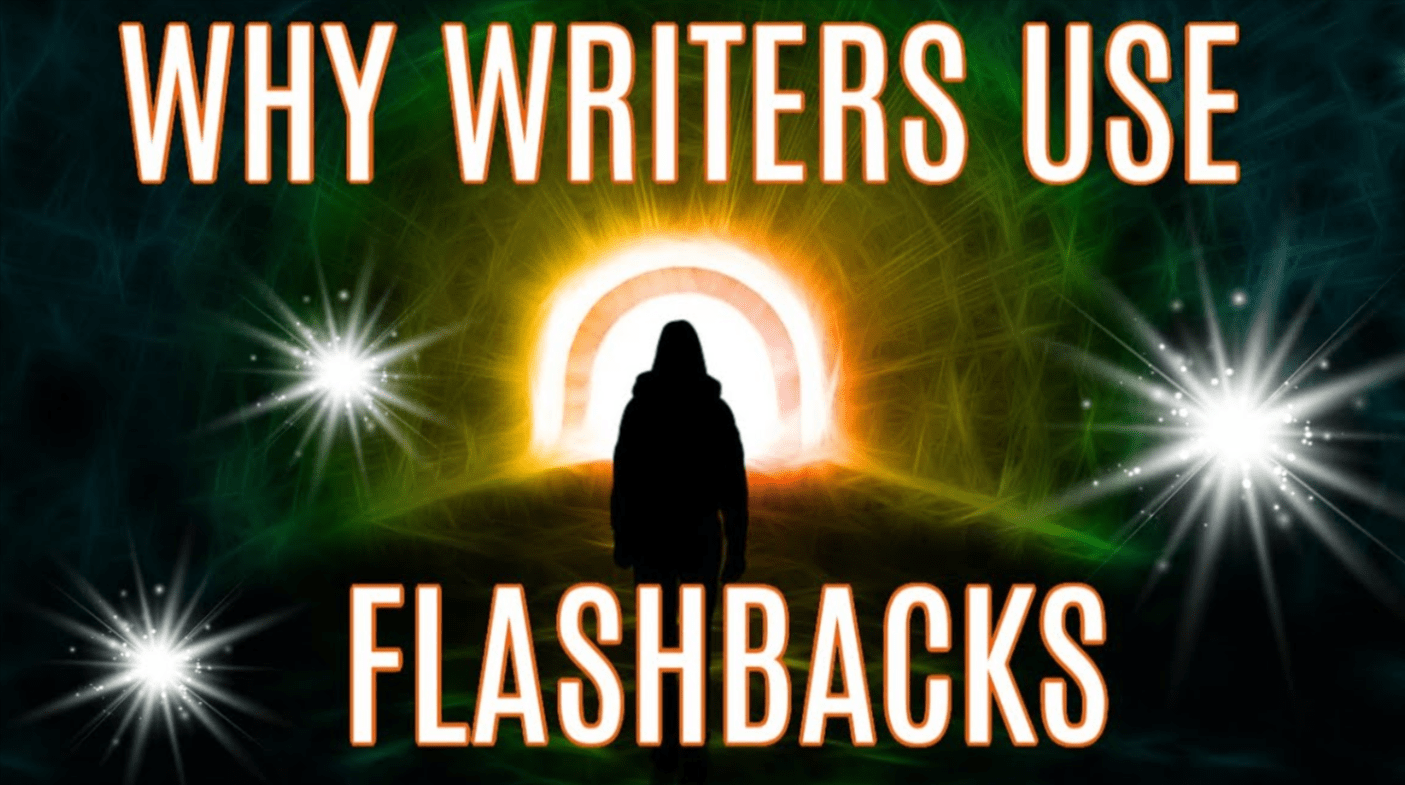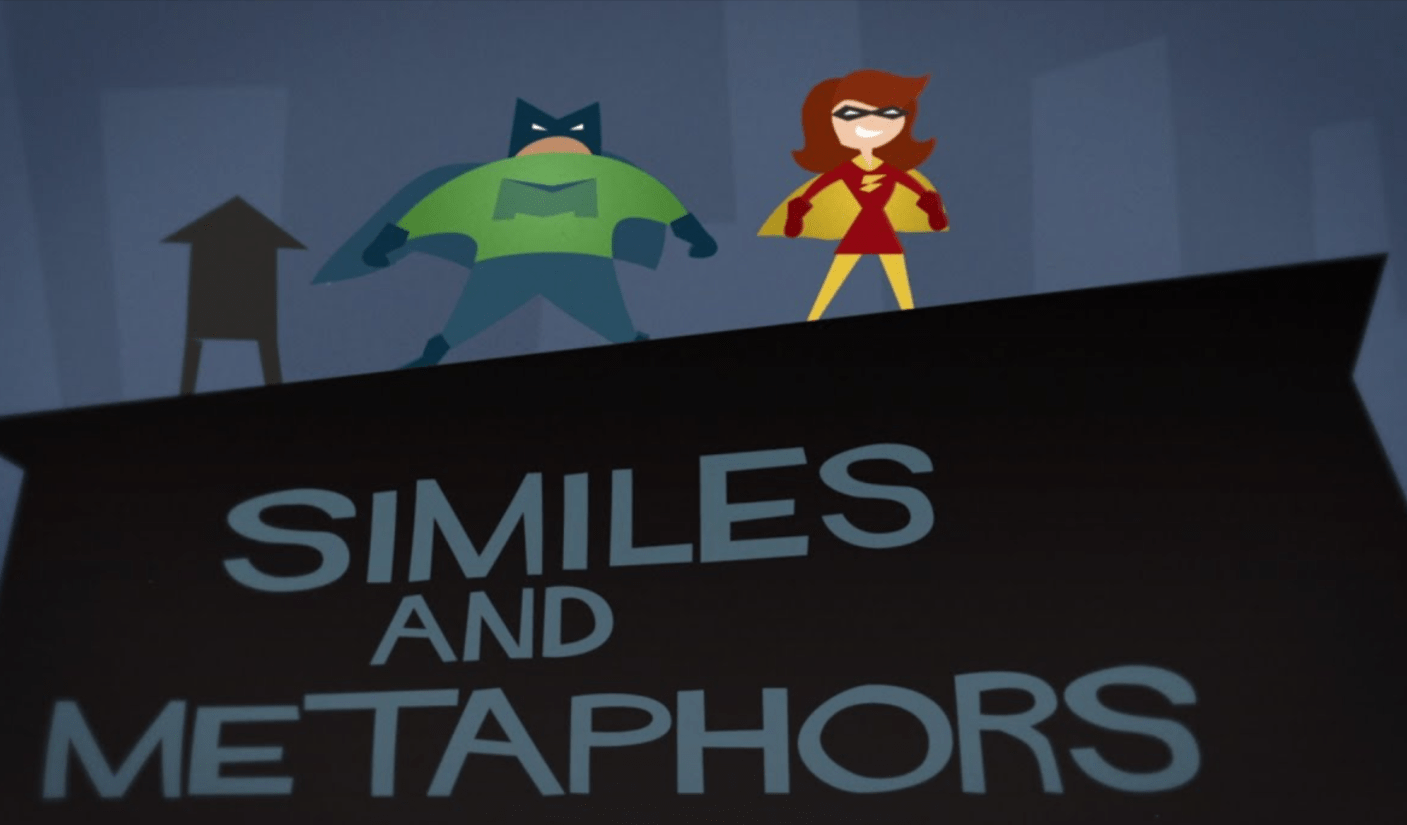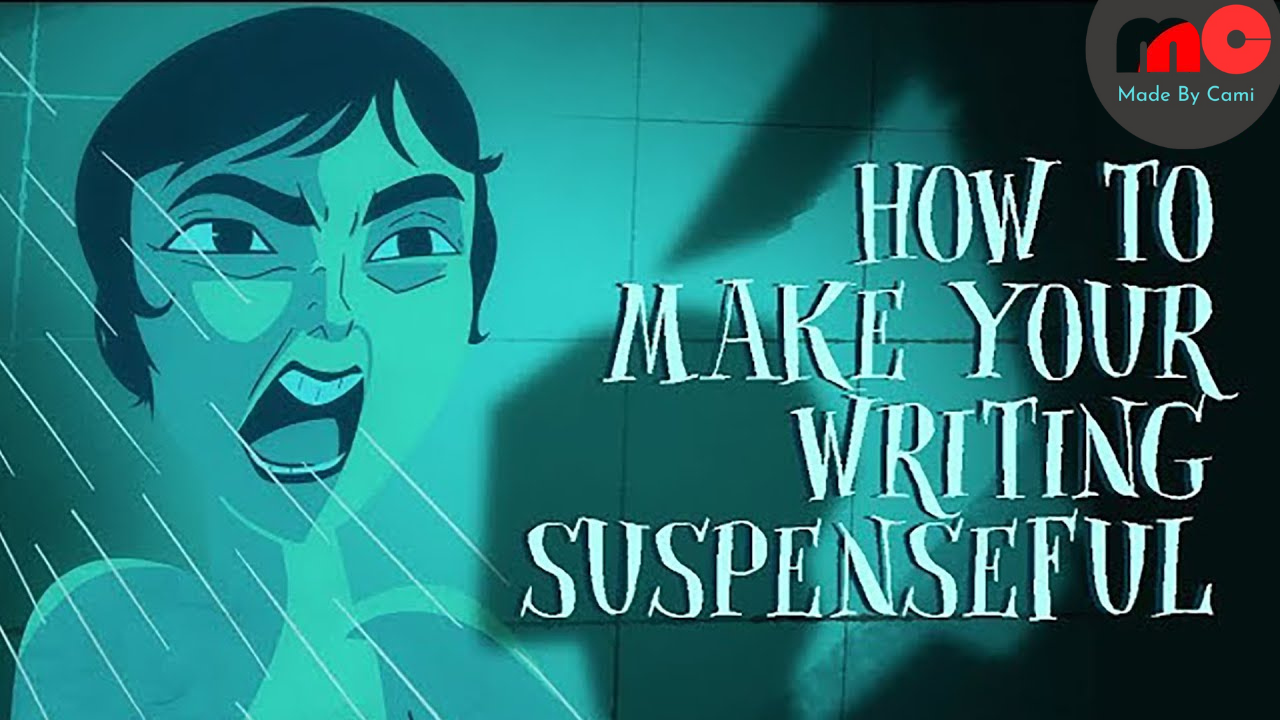How to Use Flashbacks Effectively in Writing

Good flashbacks can actually generate interest in the character or the setting. Badly executed flashbacks create unanalyzable views in the minds of readers, thereby disrupting the flow of the story. In this article, we will attempt to include impactful flashbacks into writing without making the readers lose track of the focus.
What is a Flashback?
Flashbacks can add context to events and moments in the character's life. A powerful flashback can include anything ranging from a thought fragment, a scene which interrupts the timeline of the story or something in between. With flashbacks, readers can understand and relate better to the character using key events that motivate them which occured prior to the current timeline.
For example, in a spy Novel, a powerful flashback could help in introducing earlier encounters with the villain so that there is a reference to the ongoing struggle. Further, flashbacks can delve deeper into younger versions of a character to help the audience understand the emotional struggles and trauma the character goes through later on in life.
How to Use Ideas for a Flashback
While some great flashbacks exist and can be done effectively, most would need to be done with caution. Below you will find examples of where they can be used the most.
1. Aiding in the Revelation of Important Details
When it comes to helping readers uncover relevant clues in the story, flashbacks are fantastic. These could have a character who has undergone traumatic experiences during childhood and as they begin to remember or start therapy, there is a flashback moment which helps to clarify the character’s past and relationships with the world. A character with a phobia of water could have a flashback in the form of a drowning incident from childhood which reinforces their fear.
2. For Character Development Purpose
The use of flashback sequences has profound importance in clarifying the features of our characters. With out his experiences, it would be rather cognitive to comprehend some traits like, their reasons, ambitions, and even more so, their dreaded fears. Writers use these components to formulate a character’s backstory. If your protagonist is an introvert with low self-esteem because she failed a particular test, then flashbacks help the viewers understand the reasons behind her current condition.
3. Building Suspense or Mystery
To write a great story filled with suspense, plot twists, and mysteries, flashbacks can be used to further a suspenseful narrative, motivating the readers to read more. Through flashbacks, authors can inform readers of significant details through the timing of particular plot points. Think of the example of crime fiction where a detective is piecing together a case, and at the same time, recalls some critical moments. This truly helps the character but also helps the readers try and untangle the mystery along with the character.
4. To Create Emotional Resonance
Flashbacks can be referenced during the development of a character in order to create greater impact on the audience. They can experience overwhelming emotions when encoutered with flashes of love, trauma, or loss. For instance, pondering about a deceased loved one or analyzing an event from their infancy is bound to show readers what life looks like through the character's perspective, which makes space for greater emotional depth.
Flashbacks in Storytelling and How To Effectively Utilize Them
When organizing a story, using a flashback can either help or hurt the overall story. Here are some tips to ensure a flashback helps rather than hinders a narrative:
1. Ensure The Flashback Is Relevant
Most people would claim that every flashback serves a purpose, whether that is small or large. The better question to ask is what purpose does a particular flashback serve? Backstory to any character, story plot, or emotional build up—if your flashback serves no purpose, you should scratch it altogether.
Imagine a character scrolling through photos and remembering events from the past. If they do not assist the concerned character in carrying out the next immediate action, that flashback is bound to be irrelevant.
2. Do Not Extending Flashbacks Too Far
Flashbacks, like any break in the norm, tend to hurt the flow of the narrative. They are best kept short.
Stretched means of presenting flashbacks disrupt pacing cause readers to zone out and drift away from the experience. It is important to give just enough context while providing a character’s backstory, but be careful not to drown the audience with details.
3. Clear Transition Counters
When a person goes in and out of a flashback, there is some smooth sailing which occurs during the use of transitions. If the transitions are too abrupt, the reader may be lost. Try using the following phrases for the beginnings and endings of your flashbacks:
“Years ago…”
“In that moment, I remembered…”
“As she thought back to the summer of ninety-seven…”
These help guide the audience as to when a flashback will occur and when they must return to the present. If these transitions are executed adequately, confusion will be minimized and the narrative will flow much better.
4. Unveil, Don’t Conceal
Emotions and action either in a flashback or anywhere else in the text should be shown rather than told. Going back to the dog example, rather than saying, “she was sad when her dog died,” one could tell the story from the viewpoint of the dog owner with the cupped hands shaking, slumped shoulders as she gazed at the empty dog bed.
5. Balance Every Use of Flashback
Every story has a rhythm and depending on how frequently and in what order flashbacks are used within a narrative, it may confuse or hinder the narrative flow. In this essence overuse of flashbacks may confuse the reader and set the overall tone for the story. Too many frequent changes in time can lead to a loss of coherence and in this essence flashbacks should be limited to the bare minimum.
6. Limited Incorporation of Flashbacks
The best way to present a flashback is gradually. It is only prudent to not bombard the audience with endless background information so repeatedly introducing flashbacks throughout the story over time allows the audience to better comprehend the character's past while also building suspense thereby making the flashbacks impactful.
7. Employ Flashbacks For Transformational Achievements In Characters
Flashbacks can be an effective tool for character development. They help increase the intensity of a character’s struggles, accomplishments, and changes. For example, flashbacks of a character being abused as a child can justify their present day problems with intimacy. On the other hand, flashbacks to moments of victory can serve to illustrate how a character was able to conquer self-doubt.
8. Do Not Overuse Flashbacks in Fast-Paced Scenes
Flashbacks, like anything else, have proven to be beneficial, but also have the potential to be harmful when attempting to work through an action scene. A flashback on that moment of high action may completely stop the flow of the current narrative. A flashback is best used with softer, introspective moments where the audience can digest what has just happened, rather than during the most action-packed drama.


